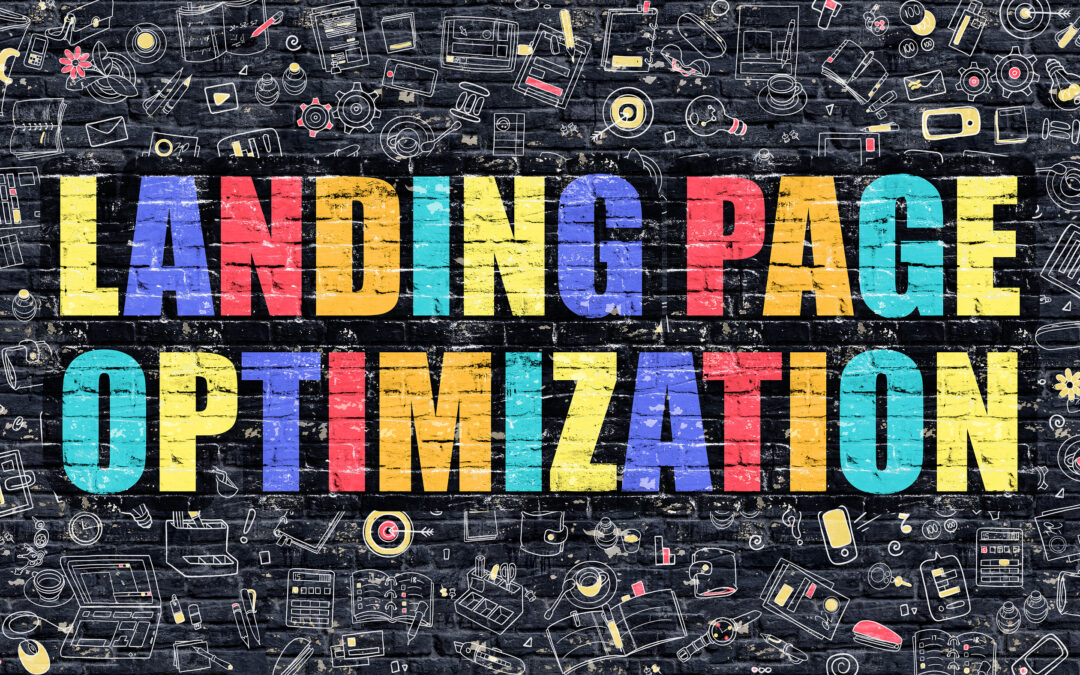Successful Campaign Or Wasted Resources?
In the world of digital marketing, a well-optimized landing page can be the difference between a successful campaign and wasted resources. Landing pages play a crucial role in converting website visitors into leads, customers, or subscribers. However, creating an effective landing page requires more than just slapping together some text and images. In this blog post, we’ll explore the art and science of optimizing landing pages to maximize your conversion rates.
- Understanding the Purpose of Your Landing Page
Before you start optimizing your landing page, it’s essential to clarify its purpose. Are you looking to capture email leads, sell a product, promote an event, or simply educate your audience? Knowing the primary goal will help you tailor your landing page to achieve that objective.
- Craft a Compelling Headline
Your headline is the first thing visitors see, and it should clearly communicate the value proposition of your offer. It should be concise, attention-grabbing, and relevant to the ad or link that brought the visitor to the page. Make it compelling enough to entice users to read further.
- Create Engaging Content
The body of your landing page should provide valuable and persuasive content. Use concise and scannable paragraphs, bullet points, and visuals to make the information easy to digest. Highlight the benefits of your offer, addressing the visitor’s pain points and needs.
- Strong Call-to-Action (CTA)
Your CTA is the gateway to conversion. It should be visually prominent and communicate precisely what action you want the visitor to take. Use action-oriented words like “Get Started,” “Subscribe Now,” or “Claim Your Free Trial.” Ensure that the CTA button or link stands out with contrasting colors.
- Minimize Distractions
A cluttered landing page can confuse and overwhelm visitors. Remove navigation menus, excessive links, and unnecessary elements that don’t support the primary conversion goal. Keep the focus squarely on the offer and the CTA.
- Social Proof and Trust Signals
Build credibility by showcasing testimonials, reviews, trust badges, and relevant certifications. Social proof helps reassure visitors that your offer is trustworthy and valuable.
- Mobile Optimization
With the increasing use of smartphones, it’s crucial to ensure your landing page is mobile-friendly. Test your page on various devices to ensure that it loads quickly and looks appealing on smaller screens.
- A/B Testing
Never stop optimizing. Use A/B testing to experiment with different elements of your landing page, such as headlines, CTA buttons, images, and colors. Analyze the results and make data-driven decisions to continually improve conversion rates.
- Page Load Speed
A slow-loading page can deter visitors. Optimize images, minimize code, and leverage caching to ensure your landing page loads quickly. Tools like Google Page Speed Insights can help you identify areas for improvement.
- Analytics and Tracking
Integrate Google Analytics or other tracking tools to monitor the performance of your landing page. Track conversion rates, user behavior, and other relevant metrics to make informed adjustments.
Attention to Detail
Optimizing landing pages for better conversion is an ongoing process that requires attention to detail and a commitment to continuous improvement. By understanding your audience, crafting compelling content, and employing best practices, you can create landing pages that not only attract visitors but also convert them into loyal customers, subscribers, or leads. Remember, there’s no one-size-fits-all approach to landing page optimization; it’s about finding what works best for your specific audience and goals.

